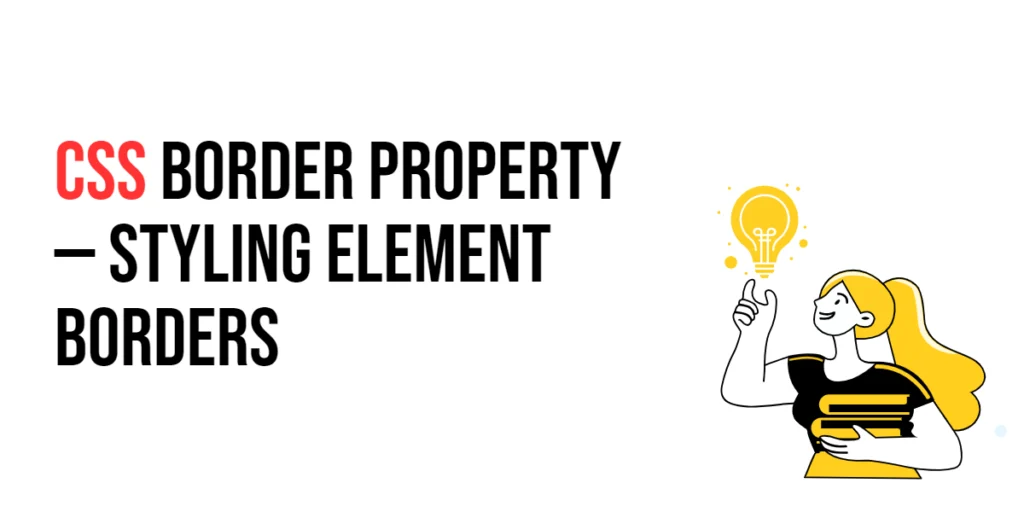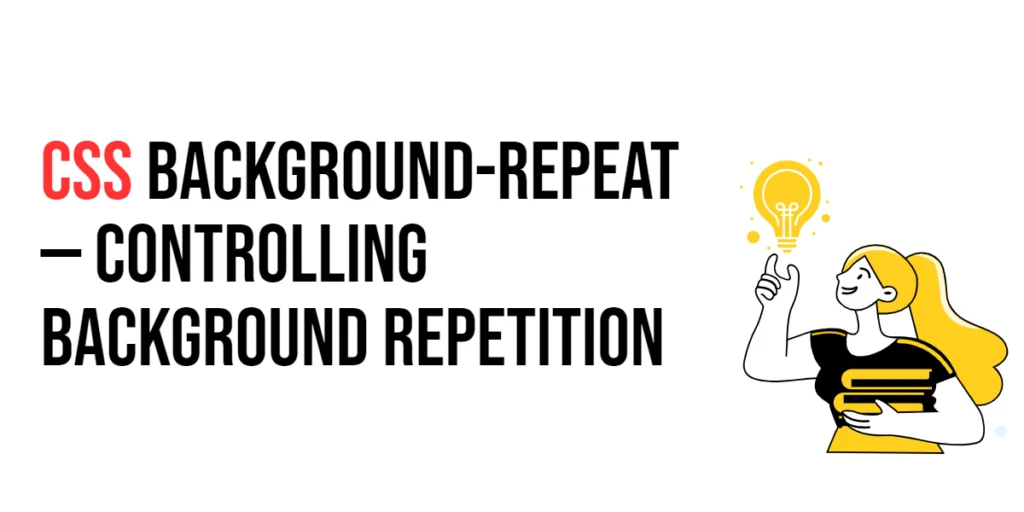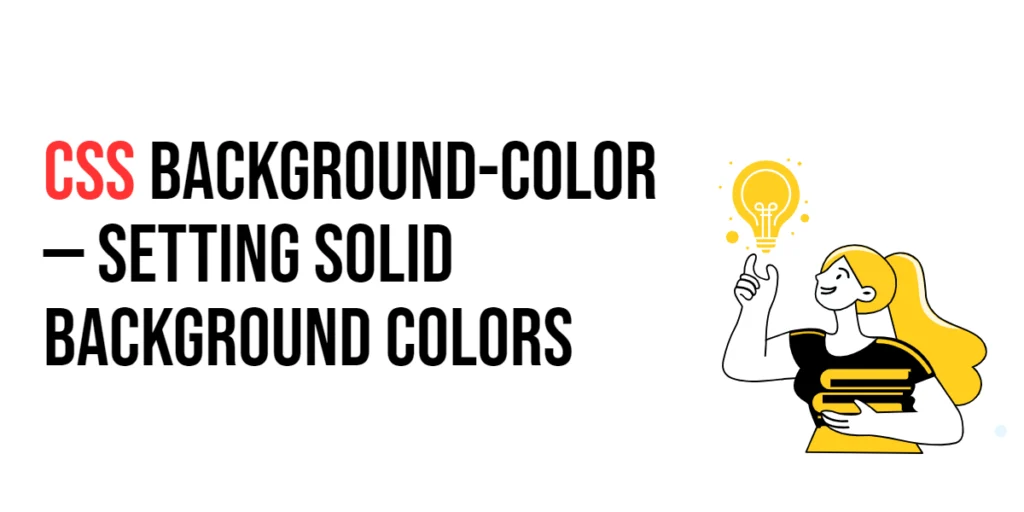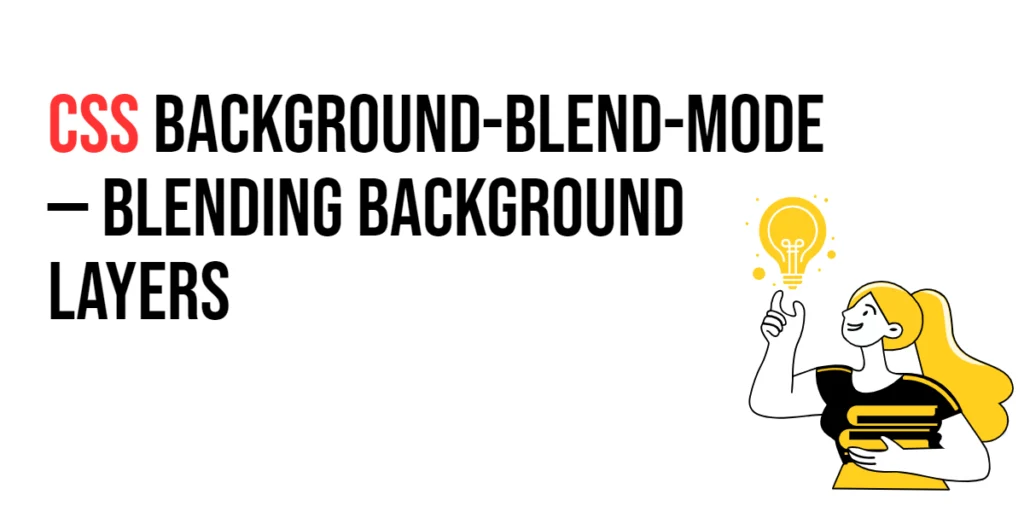CSS: Border-Bottom – Customizing the Bottom Border
The border-bottom property in CSS is used to customize the bottom border of an HTML element. It allows developers to define the width, style, and color of the bottom border, enhancing the visual appearance of elements on a webpage. Customizing the bottom border can be particularly useful for creating underlined text effects, highlighting sections, or […]
CSS: Border-Bottom – Customizing the Bottom Border Read More »









